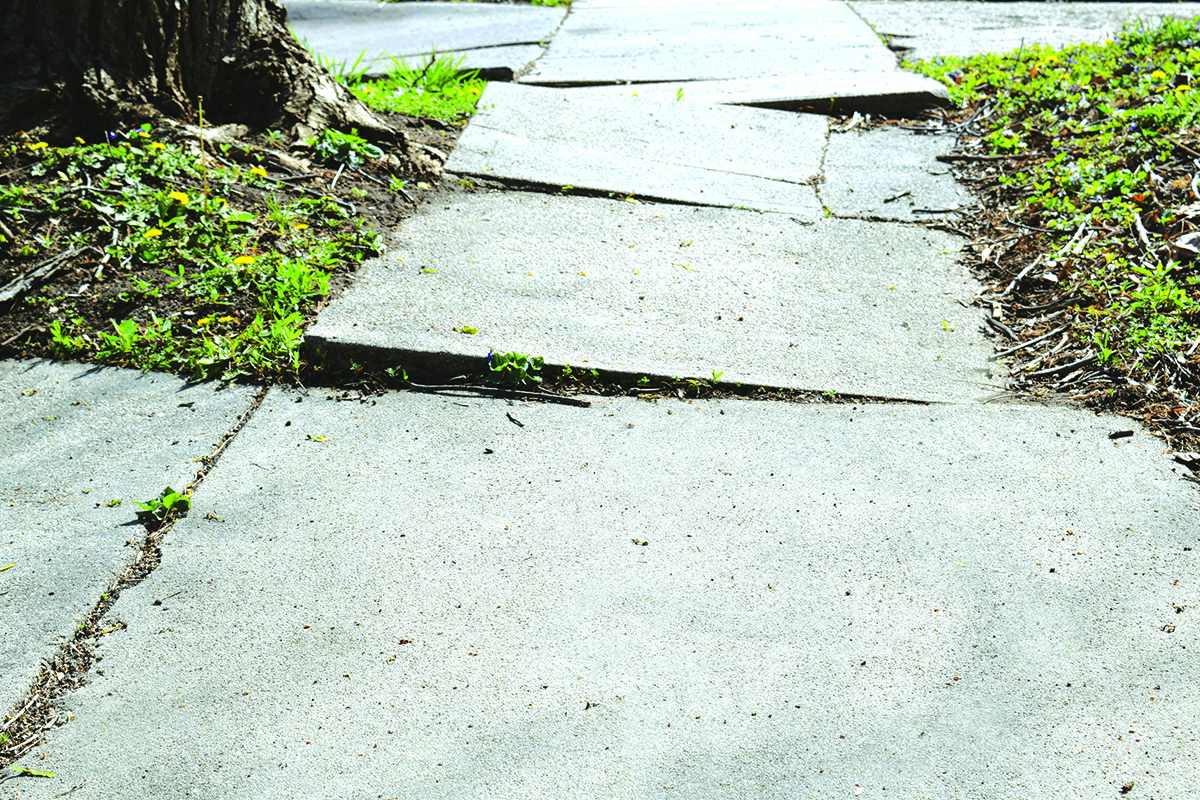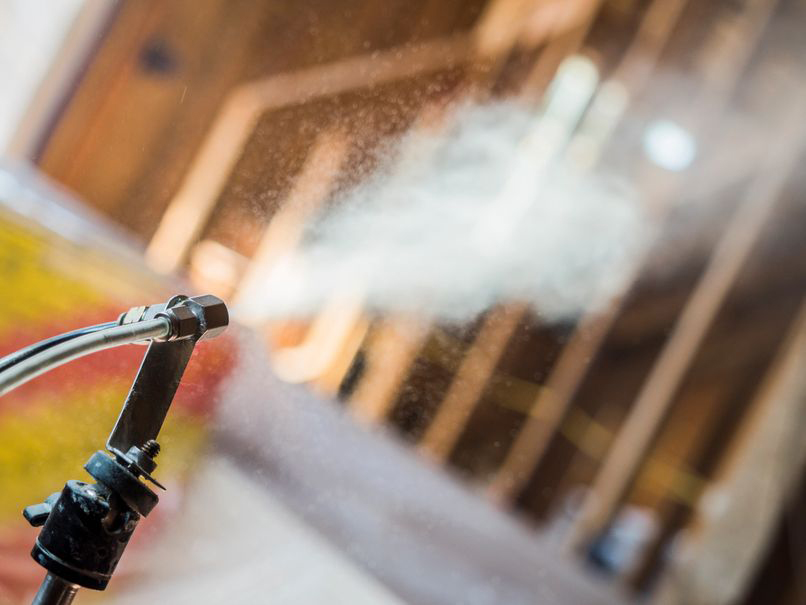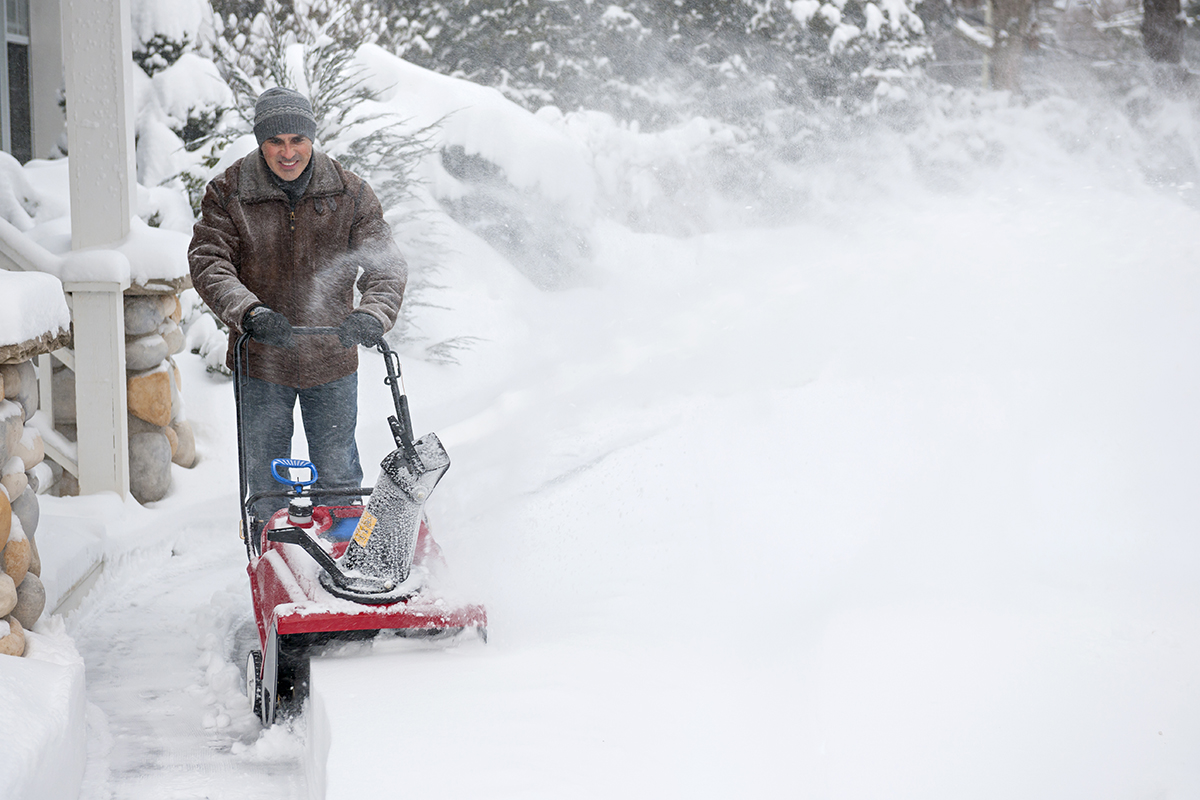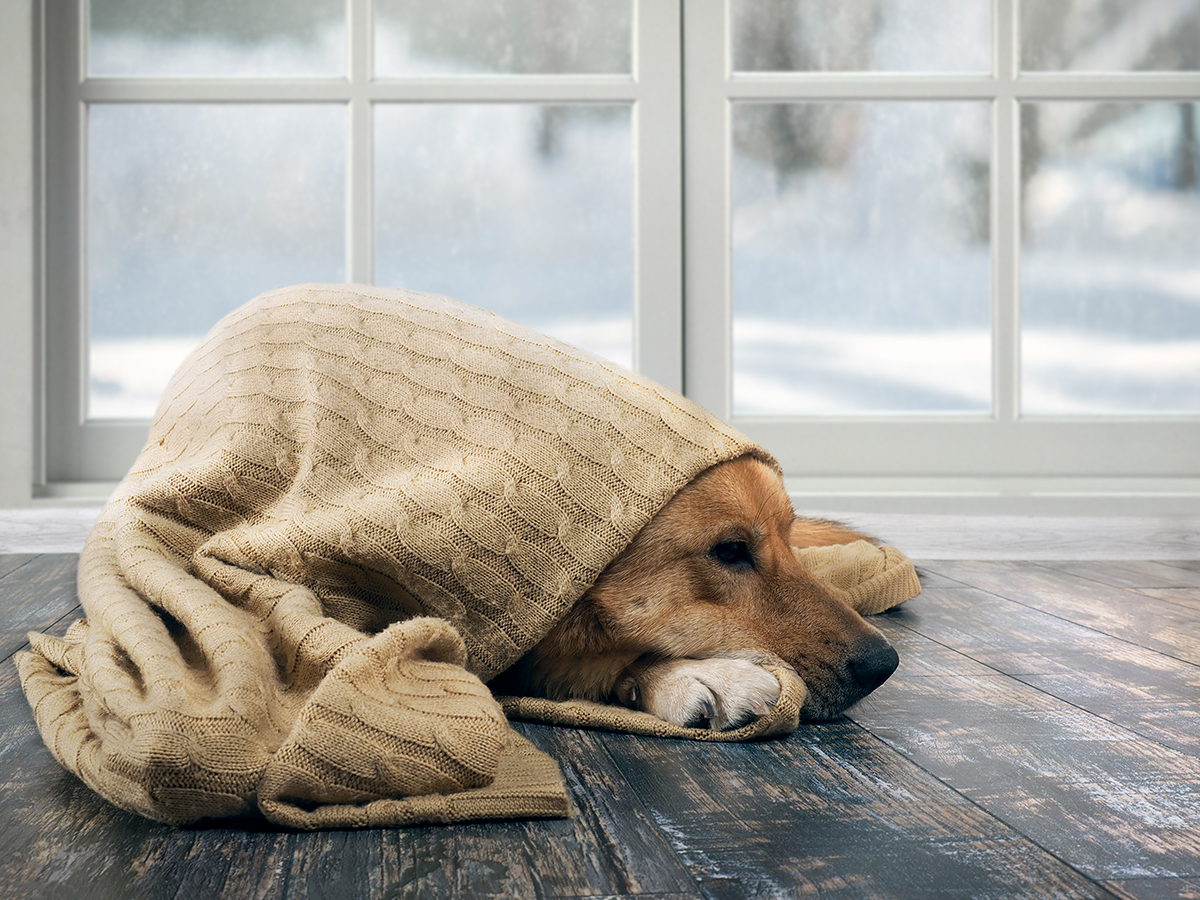WRITER | SCOTT PHILP
Concrete is a familiar landscape material to most homeowners. It is frequently used for patios, walkways, and driveways, and when properly installed, it will remain stable and attractive for a very long time. However, concrete is a rigid product and can shift and crack when improperly installed, due to weather changes, or through other outside forces, even when properly installed.
Frost heaving and settling are the two most common reasons for concrete damage in Michigan. Frost cracks occur when water freezes in the subsoils, causing the soil to expand and pressure the slab above, potentially causing damage. In spring, the concrete will typically resettle but leave a crack.
Sinking concrete can crack as well. Incorrect subsoil compaction and erosion through stormwater runoff are frequent causes of concrete settling, and they can occur over time depending on what the concrete slab is installed on and exposed to. Weight loads outside the concrete strength specifications can also cause concrete to break.
Repair Options
Replacing a section of damaged concrete can be costly, but it can sometimes be avoided through a few repair options.
Mud-jacking involves drilling a hole through the concrete slab and pumping in slurry (a semiliquid mixture of fine cement particles and water) at high pressure – enough pressure for the slurry to fill air voids and lift a section of concrete. Poly-jacking is a similar process that employs expanding polyurethane foam to stabilize subsoils and lift the desired concrete slab. The best candidates for mud-jacking or poly-jacking are concrete surfaces that have settled and have few or no cracks.
Cracking concrete due to tree root growth is not suitable for lifting. The heaved and broken concrete sections should be removed and either the sidewalk/driveway should be rerouted, or the root should be pruned beyond the concrete area needing repair. Once pruning is complete, new concrete can be poured to replace the damaged section. Homeowners need to weigh overall tree health against the convenience of a smooth concrete surface when deciding how best to proceed.
Concrete overlays, where new concrete is poured on top of existing concrete, is best left to a specialist. These contractors will install a specific mixture of concrete so that it permanently adheres to the base slab. Experience and knowledge are important to the success of this option.
Prevention
Most experienced concrete installers will acknowledge that concrete will crack over time even with perfect installation, but some things can be done to mitigate the potential for damage.
The most successful concrete surfaces have adequately spaced relief cuts or joints placed in the concrete slab. These joints create weak spots in the concrete, so when forces from above or below are exerted on the slab, the inevitable cracks form below the surface and out of sight.
Having properly draining subsoils with sufficient compaction is an important step in the success of a concrete surface as well. When necessary, adding steel mesh, reinforcement bars, or fiberglass mesh to the concrete mix will also help strengthen the slab.
A reputable concrete installer is a great place to start when considering repair, replacement, or the installation of a new concrete patio, walkway, or driveway. These experts will educate you on the available options and cost differences associated with each approach and should be able to recommend a specialist, if needed.








